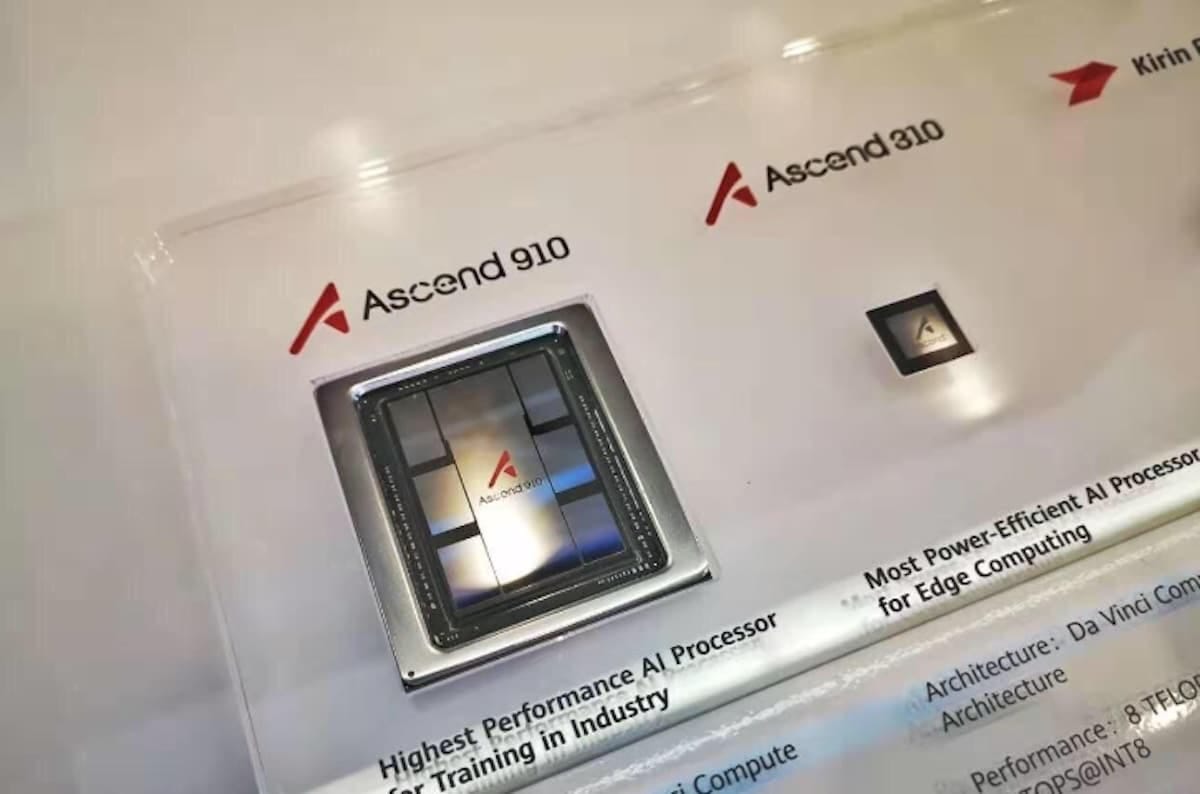Huawei, one of China’s tech giants, is advancing its strategy to consolidate its position in the artificial intelligence (AI) chip market. With NVIDIA weakening in certain areas and increasing technology restrictions imposed by the United States, Huawei has decided to ramp up production of its Ascend 910C GPU, a chip that promises to compete with NVIDIA’s A100 and H100.
The Ascend 910C: A Powerful Alternative
Huawei’s Ascend series has been in development for over five years, constantly refining to offer competitive performance. According to Chinese analysts, the Ascend 910C matches the raw power of NVIDIA’s chips, although its performance in practical applications still lags slightly behind. However, the continuous improvement and the growing need for technological independence have made the 910C an attractive option for Chinese tech companies.
Huawei’s new GPU is not just an incremental upgrade. The Ascend 910C is an evolution of the 910B model, which has already been compared in power to the NVIDIA A100. These improvements are designed to meet the demand from companies like ByteDance, which has ordered over 100,000 Ascend 910B chips to train AI models throughout 2024.
The Manufacturing Challenge: SMIC and Lithography
Despite advancements in chip design, Huawei faces a significant obstacle: the production capacity of its partner SMIC (Semiconductor Manufacturing International Corp). SMIC uses its N+2 lithography node to produce the Ascend 910C, but the wafer yield from this process is just 20%, far from the 70% needed to make it profitable.
The situation is exacerbated by international sanctions led by the United States, which prevent SMIC from accessing advanced extreme ultraviolet (EUV) lithography machines from Dutch company ASML. As an alternative, SMIC employs deep ultraviolet (DUV) lithography using multiple patterning techniques. However, this method is much more expensive and limits the mass production of chips, a problem that also affects the 910B model, which has a wafer yield of around 50%.
Mass Production in 2025
According to Reuters, Huawei plans to begin mass production of the Ascend 910C in early 2025. This step is crucial for competing in the global market and responding to the growing demand for AI chips in China. However, the feasibility of this plan will depend on SMIC significantly improving its production yield.
Huawei’s success in this endeavor relies not only on technology but also on politics. International restrictions force Chinese companies to innovate and develop local solutions, but they face high costs and technical limitations.
A Transforming Market
While Huawei leads the charge in developing AI hardware, other Chinese companies like Alibaba, Biren Technology, and Innosilicon are also seeking to position themselves in this competitive market. Together, these initiatives are building an ecosystem that could reduce China’s reliance on foreign chips.
The Ascend 910C, with its promise of power and technological advancements, stands as a symbol of Huawei’s efforts to navigate the barriers imposed by sanctions and solidify its position as a leader in the AI chip market. However, success will depend on overcoming current production limitations and establishing a sustainable and profitable manufacturing model.

